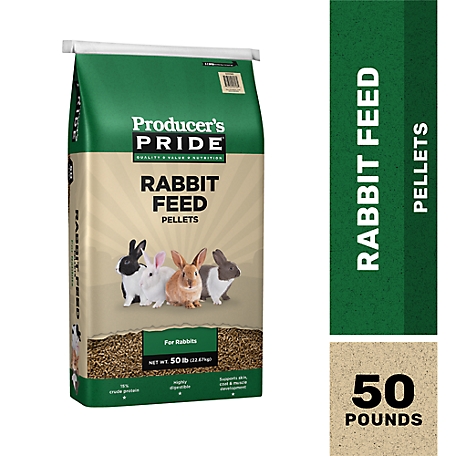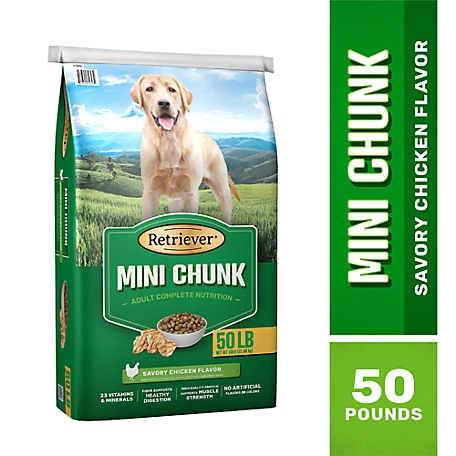Kit & Kaboodle Adult Original Chicken, Liver, Turkey and Ocean Fish Recipe Dry Cat Food
Feed your friendly feline a taste she loves when filling her bowl with Purina Kit & Kaboodle Original adult dry cat food. This tasty blend of four delicious flavors chicken, liver, turkey and ocean fish offers 100% complete and balanced nutrition designed especially for adult cats, all with a taste she craves throughout the day. with no room for bowl boredom, this nutritious blend offers a variety of shapes four to be exact to couple with its cat-thrilling combination of palate-pleasing goodness. Give yourself peace of mind knowing your furry friend is gaining the daily nourishment she needs while also making mealtime an adventure when you supply her with this adult cat food kibble. It really is the whole kit and kaboodle. Stop the comparison shopping; when you order Kit & Kaboodle Original, you’re providing your pet with a Purina cat food that’s backed by over 90 years of research and innovation from a brand you can trust.
Feed your friendly feline a taste she loves when filling her bowl with Purina Kit & Kaboodle Original adult dry cat food. This tasty blend of four delicious flavors chicken, liver, turkey and ocean fish offers 100% complete and balanced nutrition designed especially for adult cats, all with a taste she craves throughout the day. with no room for bowl boredom, this nutritious blend offers a variety of shapes four to be exact to couple with its cat-thrilling combination of palate-pleasing goodness. Give yourself peace of mind knowing your furry friend is gaining the daily nourishment she needs while also making mealtime an adventure when you supply her with this adult cat food kibble. It really is the whole kit and kaboodle. Stop the comparison shopping; when you order Kit & Kaboodle Original, you’re providing your pet with a Purina cat food that’s backed by over 90 years of research and innovation from a brand you can trust.
- Blend of chicken, liver, turkey and ocean fish flavors offers a taste cats love
- Four fun crunchy shapes for variety cats cant get enough of
- 100% complete and balanced nutrition for adult cats
- Essential vitamins and minerals help support overall health
- Kit & Kaboodle Originals cat food is crafted in USA facilities
- Crunchy cat kibble helps promote clean teeth
- Meets industry standards for quality and safety
Additional information
| Country of Origin | Made in USA |
|---|---|
| Breed Size | Extra Small, Small, Medium, Large, Extra Large |
| Flavor | Chicken, Liver, Turkey and Ocean Fish |
| Health Features | Oral Health |
| Indoor/Outdoor | Indoor and Outdoor |
| Life Stage | Adult |
| Primary Flavor | Chicken, Turkey, Liver, Ocean Fish |
| Packaged Height | 5 in. |
| Packaged Length | 24 in. |
| Packaged Width | 16 in. |
| Manufacturer Part Number | 1780015757 |









by Chaddy
Always seems to be hard to find when I go to walmart or local grocery stores.. but Tractor supply seems to always have it when I need it. My cats love Kit & Kaboodle, seems to be the only kind they don’t get sick on.
by Dary
I have many cats, the food you sell is over all enjoyed by the many.
by Rose
I buy the big bag because I have three cats. The cats like it, the price is good.
by Julie
Pretty good price for feeding outdoor cats.
by Loretta
My cats enjoy this cat food and it doesn’t give them diarrhea like some of the other brands do. I like that it comes in 30 pound bags, too.